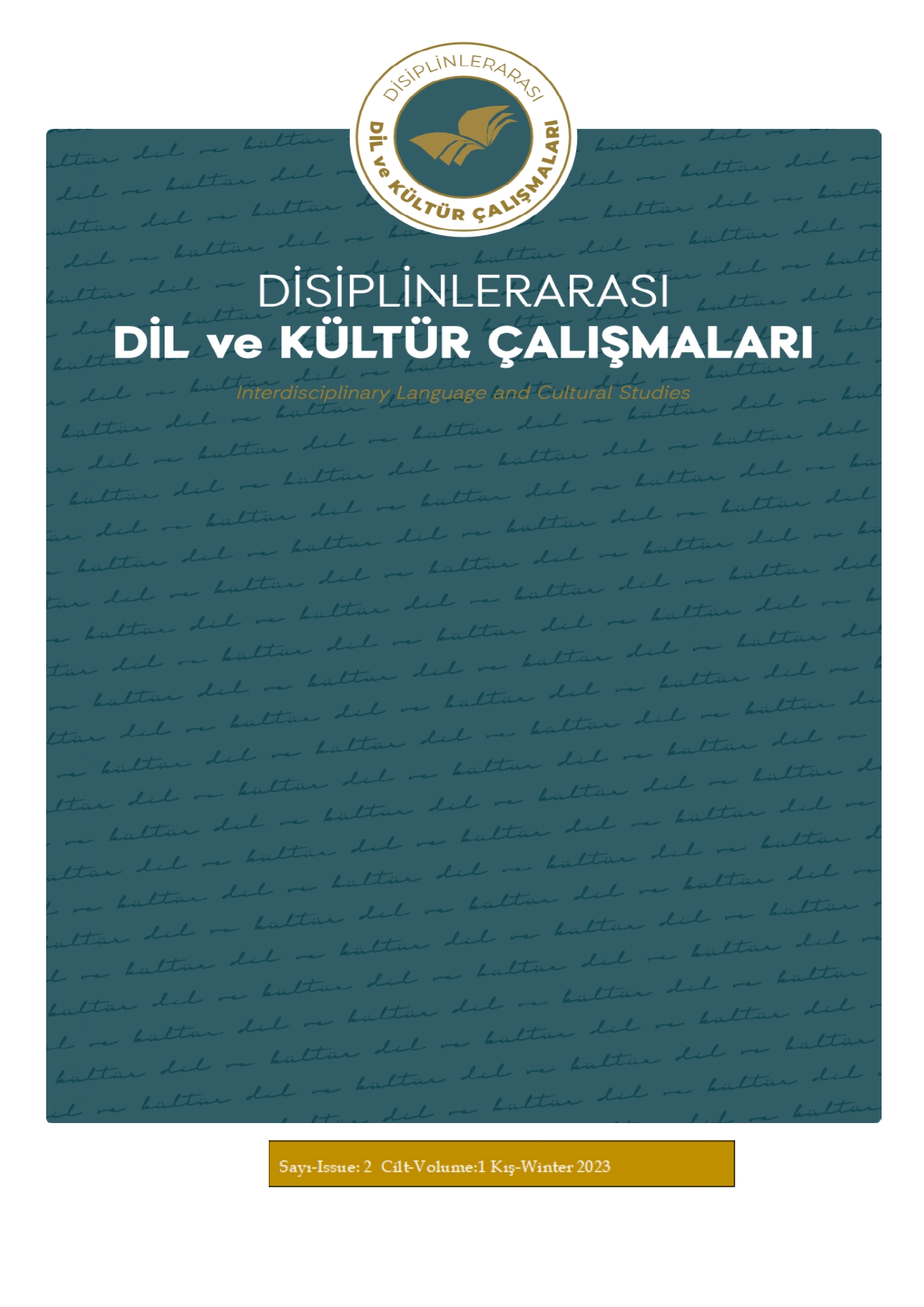Power Of Language: Poetry In English Language Teaching
DOI:
https://doi.org/10.5281/zenodo.10390556Keywords:
Edebiyat, Şiir, İngilizce Dil Öğretimi, Kültür, Eleştirel DüşünmeAbstract
English language teaching is the most important concern of language teachers as well as language learners in the world. The main goal of this profession is to build effective professional practice and to find out the answers to the problems that the learners meet through learning a language. Therefore, English language teachers use literature when teaching English, since literature, particularly poetry, reflects thoughts, feelings, and actions seen in the writer’s culture as a great teaching material in the language classes. In fact, poetry enriches the students’ critical thinking, which highly promotes the framework of 21st century skills. Therefore, this study aims to define the use of poetry as a part of literature in ELT, to present a brief historical overview of literature, to emphasize why poetry as a part of literature is an important source of developing language skills, to question in what ways poetry offers educational benefits, and to point out how poetry can be used through learning process especially for English language teachers to effectively use poetry in their classes. Finally, poetry is a great way of interaction with numerous contexts and cultures which could be a powerful tool for all language teachers and learners. Some suggestions for teachers have also been made in this study. For further studies, more systematic studies on the students' perspectives regarding literary components are required
References
Belcher, D., & Hirvela, A. (1999). Literature and L2 Composition: Revisiting the Debate. Journal of Second Language Writing, 9(1), 21-39. https://doi.org/10.1016/S1060-3743(99)00021-1
Brumfit, C.J. (2001). Individual Freedom in Language Teaching. Oxford: Oxford University Press.
Carter, R. (2007). Literature and language teaching 1986-2006: a review. International Journal of Applied Linguistics, 17 (1), 3-13.
Collie, J., & Slater, S. (1987). Literature in the Language Classroom. Cambridge, UK: Cambridge University Press.
Collie, J., & Slater, S. (2007). Literature in the Language Classroom: A resource book of ideas and activities Cambridge, UK: Cambridge University Press.
Crystal, D. (2003). English as a global language. Cambridge: Cambridge University Press.
Delibas, H. (2023). Action Research on Enhancing Writing Skills: An Empirical Study of Error Correction and Journal Writing, 1(1), 47-55.
Delibas, M. & Delibas, H. (2017). “Veba” Adlı Eser ile Türkçe Çevirilerinin Karşılaştırmalı Çözümlenmesi. International Journal of Languages’ Education and Teaching, 5(3), 568-578.
Duff, A. & Maley, A. (1990). Literature. Oxford: Oxford University Press.
Erkaya, O. R. (2005). Benefits of Using Short Stories in the EFL Context. Asian EFL Journal, 8, 1–13.
Floris, D. (2004). The power of literature in EFL classrooms. 6 (1), 1-12.
Ghosn, I. (2002). Four good reasons to use literature in primary school ELT. ELT Journal , 2 (56), 172-179.
Hall, G. (2005). Literature in Language Education, New York: Palgrave Macmillian.
Held, D., McGrew, A., Goldblatt, D. & Perraton, J. (1999). Global Transformations: Politics, economics and culture. Cambridge, UK: Polity Press.
Kramsch, C. (2000). Language and Culture. Shanghai Foreign Language Education Press, Shanghai.
Kramsch, C. (2014). Teaching Foreign Languages in an Era of Globalization: Introduction. The Modern Language Journal, 98(1), 296–311. http://www.jstor.org/stable/43651759.
Langer, J. (1997). Literacy acquisition through literature. Journal of Adolescent and Adult Literacy (40), 602-614.
Lazar, G. (1989). Using poetry with the EFL/ESL learners. Modern English Teacher,16(3).
Lazar, G. (1993). Literature and Language Teaching. A Guide for Teachers and Trainers, Cambridge: CUP.
Lima, C. (2005). Is the rest silence…?, IATEFL Voices, 186,4-5.
Maley, A. & Moulding, S. (1985). Poem into poem. Cambridge: Cambridge University Press.
Maley, A. (1989). Down from the Pedestal: Literature as Resource in Literature and the Learner: Methodological Approaches. Cambridge: Modern English Publications.
Maley, A.& Duff, A. (1987). Drama techniques in language learning. Cambridge: Cambridge University Press.
McKay, S. (2001). Literature as Content for ESL/EFL. In M. Celce-Murcia (Ed,), Teaching English as a second or foreign language. Heinle & Heinle.
Nasr, N. (2001). The use of poetry in TEFL: Literature in the new Lebanese curriculum. CAUCE, Revista de Filologia y su Didactica, 24, 345-363.
Obediat, M. (1997). Language vs. Literature in English Departments in the Arab World in English Teaching Forum.
Sage, H. 1987. Incorporating Literature in ESL Instruction. New Jersey: Prentice-Hall, Inc.
Stern, D. (1985). The Interpersonal World of the Infant: A View from Psychoanalysis and Developmental Psychology. New York: Basic Books.
Widdowson, H. (1982). The use of literature. In M. Hines and W. Rutherford (ed.). On TESOL 81. Washington, D.C.: TESOL.
Van, T.T.M. (2009). The relevance of literary analysis to teaching literature in the EFL classroom. English Teaching Forum, 3, 2-9
Downloads
Published
How to Cite
Issue
Section
License
Copyright (c) 2023 Interdisciplinary Language and Culture Studies

This work is licensed under a Creative Commons Attribution 4.0 International License.



